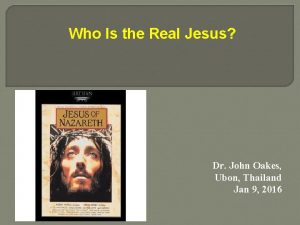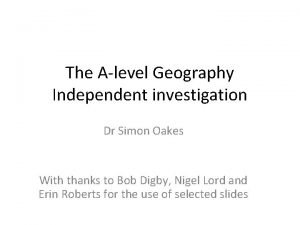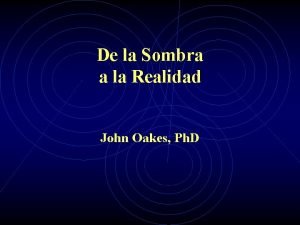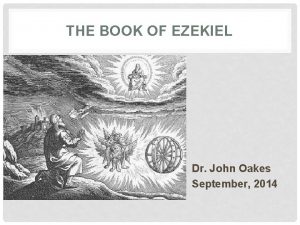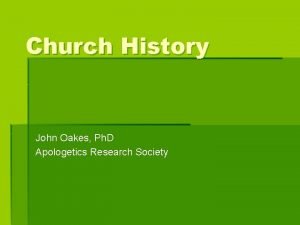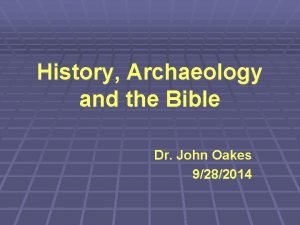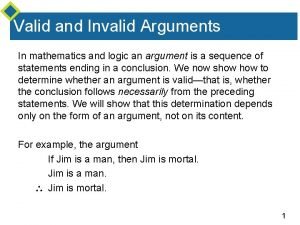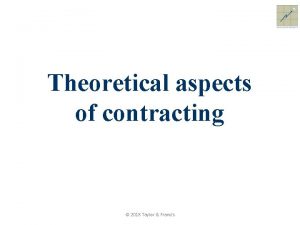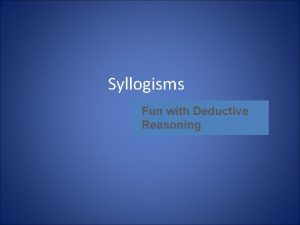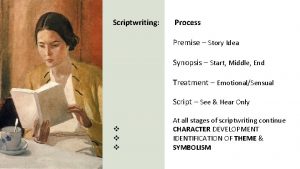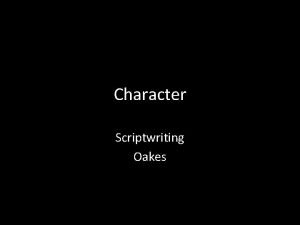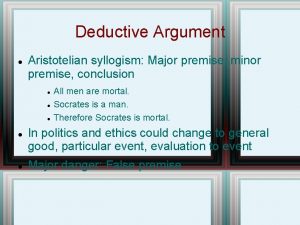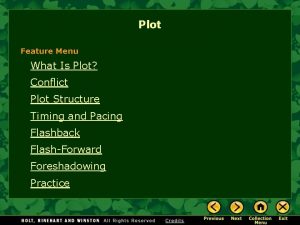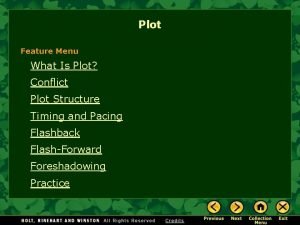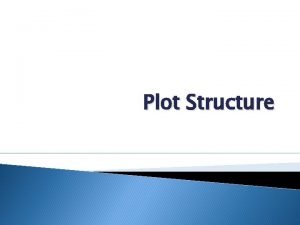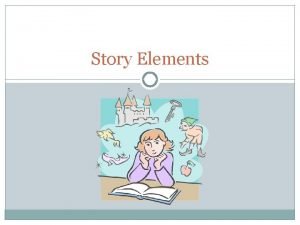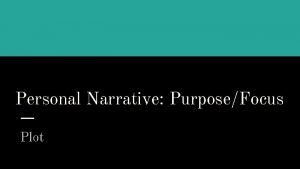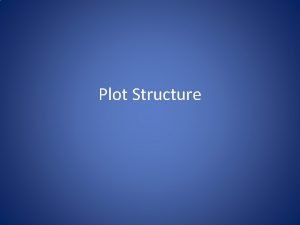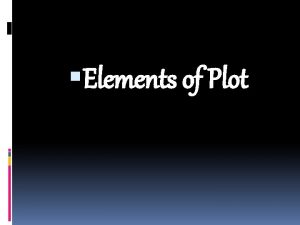PLOT 1 Scriptwriting Prof Oakes PLOT and PREMISE















- Slides: 15

PLOT 1 Scriptwriting Prof Oakes

PLOT and PREMISE • PREMISE is the basic idea of the story. • It is the foundation of the plot. • PLOT is what happens onscreen. It is the series of events that unfold over the course of the film.

Plot • A structure for presenting everything that we see and hear in a film • Plot is a series of events providing conflict within a story • The search for a murderer is a plot. The biography of a serial killer is a story. • Includes diegetic events arranged in a certain order and nondiegetic material

Diegetic and Non-Diegetic • Diegesis – the total world of the story • Diegetic elements – the elements that make up the diegesis • Nondiegetic elements – the things that we see and hear on the screen but that come from outside the world of the story

Story • Consists of all explicitly presented narrative events • Consists of all implicit events or those we infer to have happened • Backstory – a fictional history behind the situation extant at the start of the main story

Story and Plot

Citizen Kane • Screen duration = 1 hour and 59 minutes • Plot duration = approx. 1 week • Story duration = more than 70 years

Narrative • Narrative – a cinematic structure in which the filmmakers arrange story events in a cause-andeffect sequence • Narrative film – a movie devoted to conveying fictional or fictionalized stories

Story and Conflict • The story is about somebody with whom we have empathy • This somebody wants something very badly • This something is difficult, but possible to do, get, or achieve • The story is told for maximum emotional impact and audience participation - “A good story well told…” • The story must come to a satisfactory ending (which doesn’t necessarily mean a happy ending)

The Three Act Structure • Think of plot-points as landmarks and not a foundation to be filled in • Beginning, Middle, End • Set-Up, Conflict, Resolution

3 -ACT STRUCTURE

Act 1 - SET UP • • • You meet the character Introduce the world Discover the Major Dramatic Question May meet the antagonist May meet some of the supporting cast

Act 2 -CONFLICT • • The character enters a new world The character is now fixed on his/her goal The antagonist is in play The central conflict occurs – May be internal or external

ACT 3 - RESOLUTION • The Major dramatic question is answered • The main character achieves or fails to achieve his goal • The story comes to a conclusion

Screening Exercise • Try to apply the three-act structure to the following short films. • What is the “normal” world • What is the major dramatic question? • What is the inciting incident? • What is the climax? • Does the story resolve in act 3?

